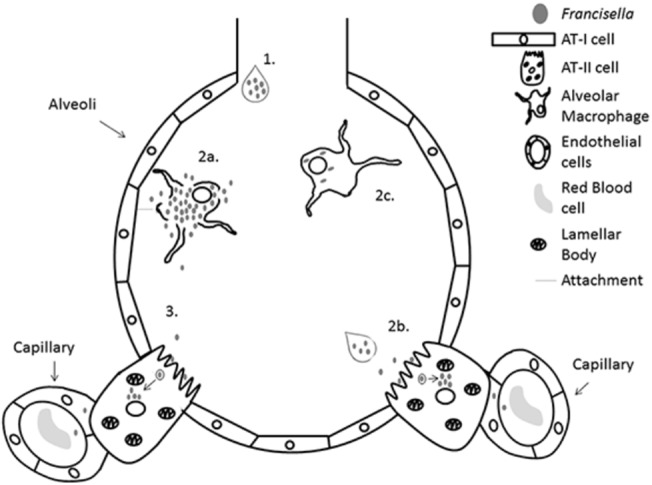Fig 8. Model of early Francisella infection within the lung.

(1) Francisella enters into the alveoli from an aerosolized infection where it either gets phagocytosed by alveolar macrophages (2a) or interacts with AT-II cells (2b). Upon uptake into alveolar macrophages there are at least two possible outcomes, either alveolar macrophages allow bacterial growth and release into the airspace (2a) or alveolar macrophages detach and are removed from the alveoli by the mucociliary escalator (2c). Growth and release from the alveolar macrophages allows reinfection with surrounding tissue including AT-II cells (3). Internalization with AT-II cells acts as a mechanism to get past the epithelial barrier and allows for interaction with endothelial cells and eventually dissemination to the liver and spleen.
